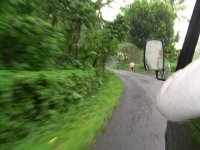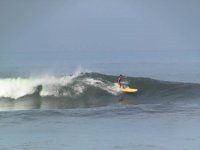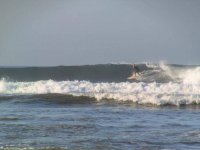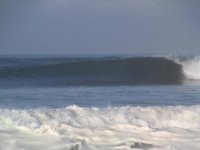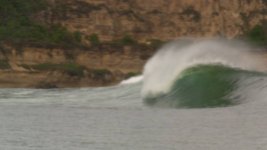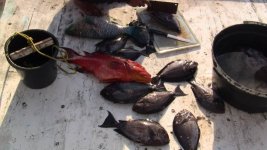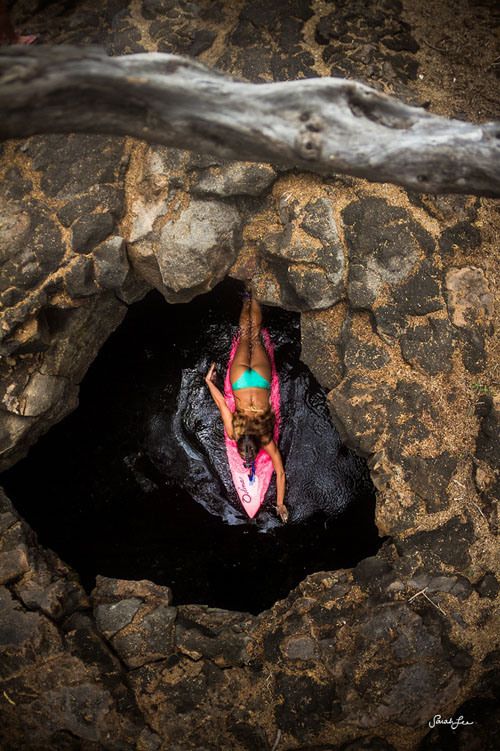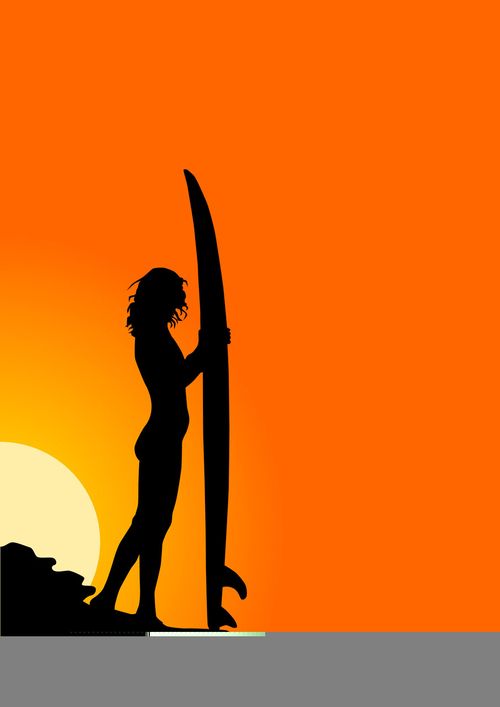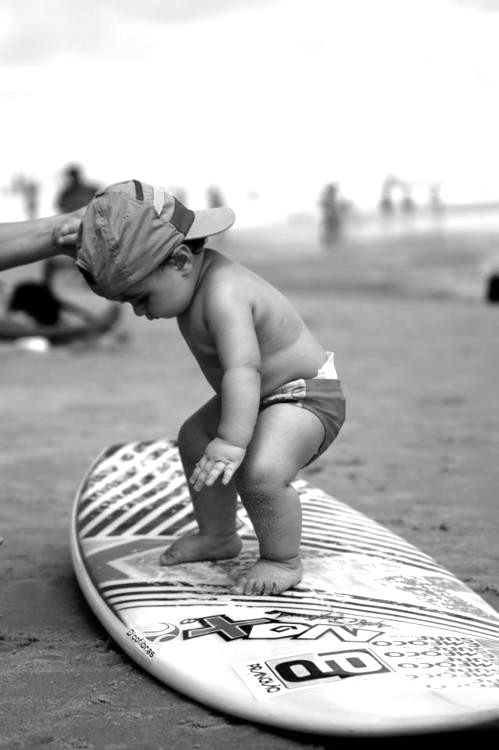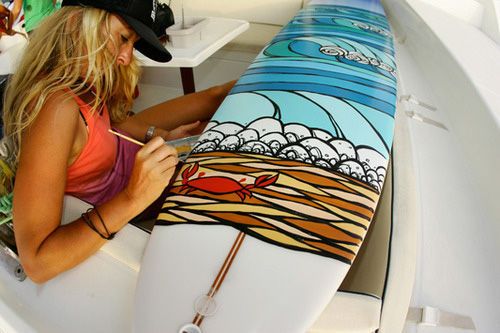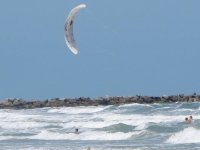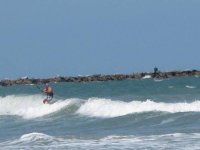-
Happy Birthday ICMag! Been 20 years since Gypsy Nirvana created the forum! We are celebrating with a 4/20 Giveaway and by launching a new Patreon tier called "420club". You can read more here.
-
Important notice: ICMag's T.O.U. has been updated. Please review it here. For your convenience, it is also available in the main forum menu, under 'Quick Links"!
You are using an out of date browser. It may not display this or other websites correctly.
You should upgrade or use an alternative browser.
You should upgrade or use an alternative browser.
I know it's not the same guys, but I've been looking into surfing the Great Lakes. Planning on moving back and I'm getting kind of obsessed with the idea of surfing there. Looks like the best waves are in damned cold water 
Would love to hear from any Lakes surfers.



Would love to hear from any Lakes surfers.


T
turtle farmer
You guys have my flashbacks coming hard..I wore a beaverflap wet suit,,that makes me laugh outload at myself...Stasis,,I bet we crossed paths..
We'd pull dawn patrols from Steamer Lane to Four Mile mostly,but we were at Mavs & Pacifica quite a bit,,our family fished out of Pillar Point daily..A HMB local named Jeff showed my brother and I Mavericks around 79 or 80..what a treat..I haven't paddled out since 1987..
I also got to surf Sebastian inlet and Lake Michigan on vacations..
thanks for the memories fellas...I feel young again
peace
We'd pull dawn patrols from Steamer Lane to Four Mile mostly,but we were at Mavs & Pacifica quite a bit,,our family fished out of Pillar Point daily..A HMB local named Jeff showed my brother and I Mavericks around 79 or 80..what a treat..I haven't paddled out since 1987..
I also got to surf Sebastian inlet and Lake Michigan on vacations..
thanks for the memories fellas...I feel young again
peace
Devonthedude
Member
Devonthedude
Member
I know it's not the same guys, but I've been looking into surfing the Great Lakes. Planning on moving back and I'm getting kind of obsessed with the idea of surfing there. Looks like the best waves are in damned cold water
Would love to hear from any Lakes surfers.
View Image
View Image
Woo wee.... Those are some good looking lake waves but i cannot imagine that there aren;t some even more perfect (and more consistent waves) to be found in warmer places
Drift - 2013 an Austrialian Surf film done very well. I recommend it while smoking some java lava
http://news.nationalgeographic.com/...sing-history-hawaiian-culture-extreme-sports/
Joel Bourne
for National Geographic
Published August 2, 2013
What happens when two middle-aged surfers paddle into the lineup at a world-famous California surf break?
When the two surfers in question are serious science historians at preeminent California universities, the result is a fascinating new tome on one of the world's oldest sports: The World in the Curl: An Unconventional History of Surfing.
Peter Westwick, an expert in the history of the aerospace industry at the University of Southern California, and Peter Neushul, a research historian at the University of California, Santa Barbara, were surfing a break called Cojo near Santa Barbara when they decided to combine their passions for history and surfing. But the result isn't just a list of contest winners or a cursory treatment of a pop culture phenomenon that has permeated everything from music to film to fashion.
Instead, Westwick and Neushul attempt to explain major historical events through the lens of what is mistakenly presumed to be one of the most unserious of sports—now a ten-billion-dollar global industry that boasts more than 20 million practitioners worldwide. Along the way they bust several myths about the sport and delve into the rich Hawaiian culture that continues to infuse it, while uncovering fascinating revelations from the surf history vaults.
Who could have guessed that the "pursuit of happiness" phrase in the Declaration of Independence may have been inspired by early accounts of surfing? Or that the modern surfboard actually has deep roots in the military-industrial complex? Or that after Daniel Ellsberg leaked the Pentagon Papers during the Vietnam War, he eased his stress by catching a few waves?
Contributing writer Joel Bourne recently talked story with the authors of the unconventional history of surfing.
You've uncovered some great, little-known moments in surfing history. One of my favorites is that early accounts of surfing may have influenced Thomas Jefferson to make "the pursuit of happiness" an inalienable right in the Declaration of Independence.
PW: That came from another historian named Andy Martin in a book he wrote on the Enlightenment and Romantic period that had fascinating insights. Both the French and American revolutions occurred as these incredible literary images were coming back from explorers in the tropical Pacific. The surfer on a tropical wave is the very antithesis of what we were doing in Europe, which was perfecting the guillotine and better ways to kill each other.
If you are sitting in Europe or colonial America reading these travelers' accounts coming back from the South Pacific who are describing "the most supreme pleasure," it really might give you pause. It might make you think, "Wow, these surfers have it right."
You write that wave riding was actually practiced in many coastal cultures around the tropics, but that it reached its pinnacle in Hawaii not only because of the warm water and constant waves, but also because of the tremendous productivity of the taro fields and fish ponds that made early Hawaiians not only extremely fit, but also able to take three months off each year to surf.
PN: I've been working on aquaculture systems for years. I used to go to Hawaii with my father, who was a famous marine botanist [Michael Neushul, Jr., a renowned expert on kelp and other seaweeds], so I knew about the fish ponds. Looking at surfing, it made me think: How could these people be such amazing athletes? How could they have the time to do this in a subsistence state?
They were remarkable ocean people, not just in the way they could cross long swaths of ocean, but also in their diet and their huge access to food. The size of the fish ponds and the amount of protein that was coming out of them was just amazing. The unique thing about Hawaiians was the emergence of this stand-up pastime of surfing.
One of the long-standing myths that you bust in the book is that prudish Protestant missionaries, who came to Hawaii from New England, were repulsed by nearly naked men and women having so much fun together in the water and used their considerable influence to end the islanders' favorite pastime.
PW: The usual story is that the missionaries came along and quashed surfing. But that's too pat and too neat. It wasn't the missionaries. It was the loss of the leisure time they had previously.
When the colonial powers introduced the cash economy, soon they were working on sugar plantations and had much less time to surf. Above all, they suffered from a devastating demographic collapse from the diseases that Westerners brought in.
You write the Hawaiians were decimated, down to possibly 10 percent of their precontact population in very short order.
PN: Basically, Captain Cook arrives, he leaves, and when he comes back syphilis is just rampant among the people. After that there really were no more pure Hawaiians. There are people with some Hawaiian blood. They had to bring in Chinese, Filipinos, and Japanese just to work the sugar cane because the Hawaiians were so decimated by disease.
It was similar to what happened to the Native Americans with first contact. They eventually developed resistance and were able to regroup. But when you are on an island there is no getting away from it. It was a real tragedy.
Surfing starts its revival in the early 20th century as a tourist attraction by real estate developers in Hawaii and then California, who wanted to get people into their beachfront hotels. But people tend to forget that the guy largely responsible for reintroducing surfing, as well as Hawaiian culture, to the world was actually an Olympic swimmer and world record holder, Duke Kahanamoku.
PN: Duke was, and will always be, the greatest surfer of all time. How many sports or pastimes have the Michael Phelps of the world as their centerpiece? He was just a phenomenal athlete. The fastest man in the water for 16 years. And he also had this spirit to him, this presence.
But his story is somewhat tragic. To retain his amateur status, he worked at gas stations. He worked for the city of Honolulu. Eventually he worked as the sheriff for a while. Then he became sort of the chief greeter, the representative of aloha. When a president arrived, Duke would be there and he would talk to him. In a way it was sad, because his life was representative of what happened to many of the remaining Hawaiian people. They almost got marginalized in a way. Others made money from his name.
So Hawaii provided the soul of the sport, but you write that California provided the great leaps in technology that enabled it to spread around the world, from lighter, more hydrodynamic boards, to wave forecasting, to wetsuits that expanded surfing into colder climes. Much of that technology came from the military and aerospace research going on at Caltech. Gerard Vultee, a Caltech aeronautical engineer and co-designer of Amelia Earhart's Lockheed Vega with its rigid, hollow fixed wing, was a friend and paddleboard competitor of Tom Blake, who invented the first hollow surfboard along the same lines. Bob Simmons, who brought fiberglass, foam, and advanced hydrodynamics to surfboards, was a Caltech mechanical engineer, while Hugh Bradner, a Caltech engineer who worked on the Manhattan Project, became the father of the modern neoprene wetsuit.
PW: What we were trying to get at was why surfing flourished at particular places at certain times, whether pre-colonial Hawaii or mid-20th century California. The standard historian approach is "why then, why there?" What else is going on that might promote surfing? What's going on in California in the middle of the 20th century is the defense industry, and especially the aerospace industry.
So you try to find connections. And sure enough, even back in the '20s there was Gerry Vultee, then World War II with Bob Simmons, Hugh Bradner, and Walter Munk [the father of wave forecasting], all at Caltech. All these people who were coming through the defense industry were also surfing.
You also delve into the seedier side of the sport that emerged during the 1960s, with the Brotherhood of Eternal Love, a crew of California surfers that created a massive drug-smuggling operation.
PW: Surfers not only reflected the '60s, they also actually helped create the '60s because they were the ones driving this tremendous supply of drugs. This image of surfers as a bunch of longhairs on the beach who can't get their act together may have helped them get away with it.
When you read federal task force reports on the menace of drug smuggling, the feds refused to believe these hippie surfers could possibly pull off something this complex and this organized. It was a major global network that these guys were running out of Laguna. They brought in millions of LSD doses, among other things.
You also address some of the coastal environmental issues that surfers encounter—notably raw sewage that ends up in the ocean.
PN: One of the most shocking things to me is you go out to the North Shore and they don't even have a sewage system there on Oahu. They have cesspools. Basically, on a rainy day you could potentially reacquaint yourself with what you just got rid of that morning.
I took my daughter down to do a science project on fecal coliform counts in the ocean in Goleta, California, where the sewage is treated in our area. The guy there told me that fecal coliform is always there. It's just when they become most acute that you close the beach. So you are always swimming in fecal coliform no matter where you go.
The only issue is whether it's going to be enough to make you sick.
You have a great section in the book about how the rise in women surfers can be traced directly back to the influence of Title IX—part of the federal Education Amendment of 1972 sponsored by legendary Hawaiian Congresswoman Patsy Mink.
PN: I really wanted to know whether Mink ever surfed. So I called her daughter, and she said no, she was a plantation girl. Didn't surf. Surfing is not a collegiate sport. But once Title IX comes you have girls becoming athletes, playing basketball, volleyball, swimming. If you are able to swim, you are able to surf.
Women's swimming takes off because of Title IX and so it had a huge, huge impact on athletics in the United States. I think in the last Olympics we had more women medalists than men medalists.
You also write about the current obsession with riding giant waves and its deadly impact. More surfers have been killed in the last 15 years than in all the previous four decades combined.
PN: Big wave surfing in a way is a revival of the waterman that the Duke was. You have to be really athletic and ocean-wise. It's also an outlet for a different kind of surfer to get remunerative gain in terms of professionalism. Anyone bigger than 6 feet (1.8 meters) tall trying to compete in the current surf contest with the short equipment and focus on airborne performance is not going to do so well.
Yet people are fascinated with riding big waves. There is now a cash prize for the person who gets a picture of himself surfing the biggest wave of the year. And when there's money on the table, people are going to risk their lives to get it.
But let's face it, commercial fishing is a lot more dangerous than surfing. And you are not going to ride those big waves unless you are prepared to do it. You won't even be able to paddle out. The people doing it are well prepared, and despite that people are getting killed. That's the nature of extreme sport.
Final question. Surfing has been around for hundreds if not thousands of years, from early Hawaiians, to Mark Twain, to Duke, to Gidget, to Kelly Slater, and yet its power to attract our attention seems stronger than ever. Madison Avenue is using it to sell everything from cars to cologne. Why does this activity continue to fascinate us so?
PW: I think it traces back to its origins in Hawaii and this idea that surfing is the pure pursuit of pleasure. Its association with tropical paradise and this image of surfing as the antithesis of modern society helps sustain its popularity. We are no longer teenagers, but we still have this identification with it.
I was taking my kid to the skate park the other day and this guy says, dude, you are 45 years old, you should not be out in a skate park anymore. And I was like, well, that's what I do. There's no surf, so I'm going to go down to the skate park with my kids and pretend I'm surfing. It's a perpetual adolescence.
PN: It is pure unadulterated fun. If a good south swell was running and we went up to Cojo, no matter how long you've been surfing you would remember the waves you caught forever. It's a unique wave, very clean. So it's a very unique pastime that creates memories because it is so different. The feel of weightlessness, of the speed, and being in the ocean environment, it stays with you.
It's just a lot of fun. You don't have to be riding a 40-foot wave to get that feel.
Joel Bourne
for National Geographic
Published August 2, 2013
What happens when two middle-aged surfers paddle into the lineup at a world-famous California surf break?
When the two surfers in question are serious science historians at preeminent California universities, the result is a fascinating new tome on one of the world's oldest sports: The World in the Curl: An Unconventional History of Surfing.
Peter Westwick, an expert in the history of the aerospace industry at the University of Southern California, and Peter Neushul, a research historian at the University of California, Santa Barbara, were surfing a break called Cojo near Santa Barbara when they decided to combine their passions for history and surfing. But the result isn't just a list of contest winners or a cursory treatment of a pop culture phenomenon that has permeated everything from music to film to fashion.
Instead, Westwick and Neushul attempt to explain major historical events through the lens of what is mistakenly presumed to be one of the most unserious of sports—now a ten-billion-dollar global industry that boasts more than 20 million practitioners worldwide. Along the way they bust several myths about the sport and delve into the rich Hawaiian culture that continues to infuse it, while uncovering fascinating revelations from the surf history vaults.
Who could have guessed that the "pursuit of happiness" phrase in the Declaration of Independence may have been inspired by early accounts of surfing? Or that the modern surfboard actually has deep roots in the military-industrial complex? Or that after Daniel Ellsberg leaked the Pentagon Papers during the Vietnam War, he eased his stress by catching a few waves?
Contributing writer Joel Bourne recently talked story with the authors of the unconventional history of surfing.
You've uncovered some great, little-known moments in surfing history. One of my favorites is that early accounts of surfing may have influenced Thomas Jefferson to make "the pursuit of happiness" an inalienable right in the Declaration of Independence.
PW: That came from another historian named Andy Martin in a book he wrote on the Enlightenment and Romantic period that had fascinating insights. Both the French and American revolutions occurred as these incredible literary images were coming back from explorers in the tropical Pacific. The surfer on a tropical wave is the very antithesis of what we were doing in Europe, which was perfecting the guillotine and better ways to kill each other.
If you are sitting in Europe or colonial America reading these travelers' accounts coming back from the South Pacific who are describing "the most supreme pleasure," it really might give you pause. It might make you think, "Wow, these surfers have it right."
You write that wave riding was actually practiced in many coastal cultures around the tropics, but that it reached its pinnacle in Hawaii not only because of the warm water and constant waves, but also because of the tremendous productivity of the taro fields and fish ponds that made early Hawaiians not only extremely fit, but also able to take three months off each year to surf.
PN: I've been working on aquaculture systems for years. I used to go to Hawaii with my father, who was a famous marine botanist [Michael Neushul, Jr., a renowned expert on kelp and other seaweeds], so I knew about the fish ponds. Looking at surfing, it made me think: How could these people be such amazing athletes? How could they have the time to do this in a subsistence state?
They were remarkable ocean people, not just in the way they could cross long swaths of ocean, but also in their diet and their huge access to food. The size of the fish ponds and the amount of protein that was coming out of them was just amazing. The unique thing about Hawaiians was the emergence of this stand-up pastime of surfing.
One of the long-standing myths that you bust in the book is that prudish Protestant missionaries, who came to Hawaii from New England, were repulsed by nearly naked men and women having so much fun together in the water and used their considerable influence to end the islanders' favorite pastime.
PW: The usual story is that the missionaries came along and quashed surfing. But that's too pat and too neat. It wasn't the missionaries. It was the loss of the leisure time they had previously.
When the colonial powers introduced the cash economy, soon they were working on sugar plantations and had much less time to surf. Above all, they suffered from a devastating demographic collapse from the diseases that Westerners brought in.
You write the Hawaiians were decimated, down to possibly 10 percent of their precontact population in very short order.
PN: Basically, Captain Cook arrives, he leaves, and when he comes back syphilis is just rampant among the people. After that there really were no more pure Hawaiians. There are people with some Hawaiian blood. They had to bring in Chinese, Filipinos, and Japanese just to work the sugar cane because the Hawaiians were so decimated by disease.
It was similar to what happened to the Native Americans with first contact. They eventually developed resistance and were able to regroup. But when you are on an island there is no getting away from it. It was a real tragedy.
Surfing starts its revival in the early 20th century as a tourist attraction by real estate developers in Hawaii and then California, who wanted to get people into their beachfront hotels. But people tend to forget that the guy largely responsible for reintroducing surfing, as well as Hawaiian culture, to the world was actually an Olympic swimmer and world record holder, Duke Kahanamoku.
PN: Duke was, and will always be, the greatest surfer of all time. How many sports or pastimes have the Michael Phelps of the world as their centerpiece? He was just a phenomenal athlete. The fastest man in the water for 16 years. And he also had this spirit to him, this presence.
But his story is somewhat tragic. To retain his amateur status, he worked at gas stations. He worked for the city of Honolulu. Eventually he worked as the sheriff for a while. Then he became sort of the chief greeter, the representative of aloha. When a president arrived, Duke would be there and he would talk to him. In a way it was sad, because his life was representative of what happened to many of the remaining Hawaiian people. They almost got marginalized in a way. Others made money from his name.
So Hawaii provided the soul of the sport, but you write that California provided the great leaps in technology that enabled it to spread around the world, from lighter, more hydrodynamic boards, to wave forecasting, to wetsuits that expanded surfing into colder climes. Much of that technology came from the military and aerospace research going on at Caltech. Gerard Vultee, a Caltech aeronautical engineer and co-designer of Amelia Earhart's Lockheed Vega with its rigid, hollow fixed wing, was a friend and paddleboard competitor of Tom Blake, who invented the first hollow surfboard along the same lines. Bob Simmons, who brought fiberglass, foam, and advanced hydrodynamics to surfboards, was a Caltech mechanical engineer, while Hugh Bradner, a Caltech engineer who worked on the Manhattan Project, became the father of the modern neoprene wetsuit.
PW: What we were trying to get at was why surfing flourished at particular places at certain times, whether pre-colonial Hawaii or mid-20th century California. The standard historian approach is "why then, why there?" What else is going on that might promote surfing? What's going on in California in the middle of the 20th century is the defense industry, and especially the aerospace industry.
So you try to find connections. And sure enough, even back in the '20s there was Gerry Vultee, then World War II with Bob Simmons, Hugh Bradner, and Walter Munk [the father of wave forecasting], all at Caltech. All these people who were coming through the defense industry were also surfing.
You also delve into the seedier side of the sport that emerged during the 1960s, with the Brotherhood of Eternal Love, a crew of California surfers that created a massive drug-smuggling operation.
PW: Surfers not only reflected the '60s, they also actually helped create the '60s because they were the ones driving this tremendous supply of drugs. This image of surfers as a bunch of longhairs on the beach who can't get their act together may have helped them get away with it.
When you read federal task force reports on the menace of drug smuggling, the feds refused to believe these hippie surfers could possibly pull off something this complex and this organized. It was a major global network that these guys were running out of Laguna. They brought in millions of LSD doses, among other things.
You also address some of the coastal environmental issues that surfers encounter—notably raw sewage that ends up in the ocean.
PN: One of the most shocking things to me is you go out to the North Shore and they don't even have a sewage system there on Oahu. They have cesspools. Basically, on a rainy day you could potentially reacquaint yourself with what you just got rid of that morning.
I took my daughter down to do a science project on fecal coliform counts in the ocean in Goleta, California, where the sewage is treated in our area. The guy there told me that fecal coliform is always there. It's just when they become most acute that you close the beach. So you are always swimming in fecal coliform no matter where you go.
The only issue is whether it's going to be enough to make you sick.
You have a great section in the book about how the rise in women surfers can be traced directly back to the influence of Title IX—part of the federal Education Amendment of 1972 sponsored by legendary Hawaiian Congresswoman Patsy Mink.
PN: I really wanted to know whether Mink ever surfed. So I called her daughter, and she said no, she was a plantation girl. Didn't surf. Surfing is not a collegiate sport. But once Title IX comes you have girls becoming athletes, playing basketball, volleyball, swimming. If you are able to swim, you are able to surf.
Women's swimming takes off because of Title IX and so it had a huge, huge impact on athletics in the United States. I think in the last Olympics we had more women medalists than men medalists.
You also write about the current obsession with riding giant waves and its deadly impact. More surfers have been killed in the last 15 years than in all the previous four decades combined.
PN: Big wave surfing in a way is a revival of the waterman that the Duke was. You have to be really athletic and ocean-wise. It's also an outlet for a different kind of surfer to get remunerative gain in terms of professionalism. Anyone bigger than 6 feet (1.8 meters) tall trying to compete in the current surf contest with the short equipment and focus on airborne performance is not going to do so well.
Yet people are fascinated with riding big waves. There is now a cash prize for the person who gets a picture of himself surfing the biggest wave of the year. And when there's money on the table, people are going to risk their lives to get it.
But let's face it, commercial fishing is a lot more dangerous than surfing. And you are not going to ride those big waves unless you are prepared to do it. You won't even be able to paddle out. The people doing it are well prepared, and despite that people are getting killed. That's the nature of extreme sport.
Final question. Surfing has been around for hundreds if not thousands of years, from early Hawaiians, to Mark Twain, to Duke, to Gidget, to Kelly Slater, and yet its power to attract our attention seems stronger than ever. Madison Avenue is using it to sell everything from cars to cologne. Why does this activity continue to fascinate us so?
PW: I think it traces back to its origins in Hawaii and this idea that surfing is the pure pursuit of pleasure. Its association with tropical paradise and this image of surfing as the antithesis of modern society helps sustain its popularity. We are no longer teenagers, but we still have this identification with it.
I was taking my kid to the skate park the other day and this guy says, dude, you are 45 years old, you should not be out in a skate park anymore. And I was like, well, that's what I do. There's no surf, so I'm going to go down to the skate park with my kids and pretend I'm surfing. It's a perpetual adolescence.
PN: It is pure unadulterated fun. If a good south swell was running and we went up to Cojo, no matter how long you've been surfing you would remember the waves you caught forever. It's a unique wave, very clean. So it's a very unique pastime that creates memories because it is so different. The feel of weightlessness, of the speed, and being in the ocean environment, it stays with you.
It's just a lot of fun. You don't have to be riding a 40-foot wave to get that feel.
found this pretty interesting.......
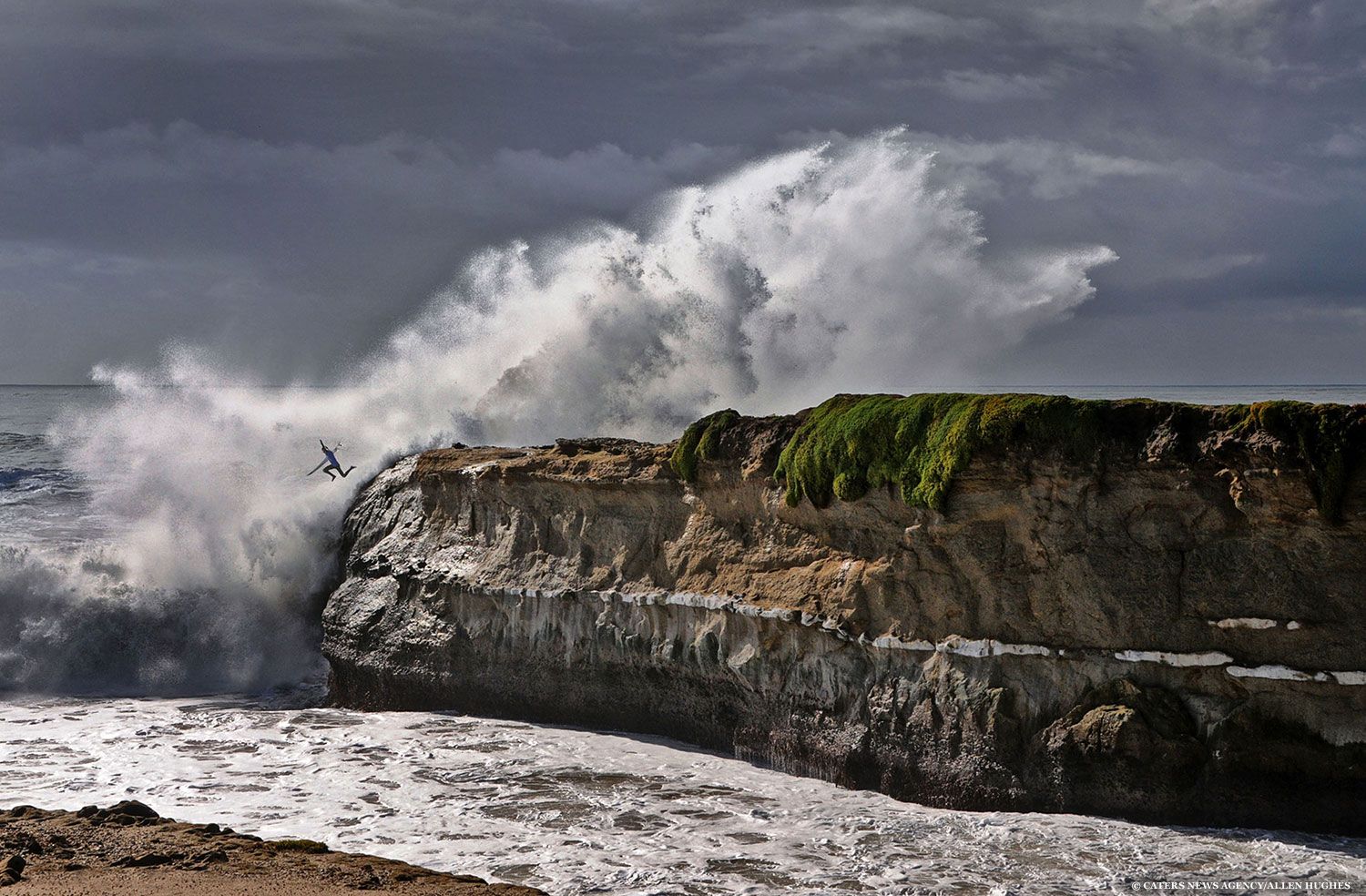
A surfer in Santa Cruz was running late for his competition so he was forced to improvise.
That improvisation came in the form of a jump off a cliff 30 feet high and into the Pacific Ocean.
"He timed it perfectly," photographer Allen Hughes told The Daily Mail.
The same could be said of Hughes, who captured the spectacular photo of this anonymous surfer in midair as a huge wave cascaded behind him.
Hughes was alert to the possibility that an intriguing scenario was unfolding at Lighthouse Point.
"Everyone else was watching the surfers out at sea, but then I noticed this guy running along Lighthouse Point," Hughes told the Mail. "I watched for quite a while and before each heat the surfers would climb down to the end of Lighthouse Point and make a smaller 10 foot jump.
"I noticed this guy run down to the end, he was late for his heat."
That was Hughes' cue to lock in on him.
"I could tell he was anxious so I focused my camera on him and before anyone knew it, he ran and jumped off the cliff," Hughes said. "He timed it perfectly and landed just behind the white water and paddled out. I never did find out who he was. The cliff itself must be 30 foot high and the waves were maybe higher."
Although we can all marvel at the artistic quality of Hughes' shot, it ought not to be overlooked that the surfer got away with a rash decision. Not to be a ghoulish buzzkill here, but the outcome could've been far less favorable.
Hopefully this was crazy enough to dissuade any copycats jumpers, and perhaps it can be a lesson to all surfers: Pay attention to the time.
For those hardcore photography buffs that might be curious about the gear, according to Metro, Hughes, 65, captured the moment with a Nikon D300S.

A surfer in Santa Cruz was running late for his competition so he was forced to improvise.
That improvisation came in the form of a jump off a cliff 30 feet high and into the Pacific Ocean.
"He timed it perfectly," photographer Allen Hughes told The Daily Mail.
The same could be said of Hughes, who captured the spectacular photo of this anonymous surfer in midair as a huge wave cascaded behind him.
Hughes was alert to the possibility that an intriguing scenario was unfolding at Lighthouse Point.
"Everyone else was watching the surfers out at sea, but then I noticed this guy running along Lighthouse Point," Hughes told the Mail. "I watched for quite a while and before each heat the surfers would climb down to the end of Lighthouse Point and make a smaller 10 foot jump.
"I noticed this guy run down to the end, he was late for his heat."
That was Hughes' cue to lock in on him.
"I could tell he was anxious so I focused my camera on him and before anyone knew it, he ran and jumped off the cliff," Hughes said. "He timed it perfectly and landed just behind the white water and paddled out. I never did find out who he was. The cliff itself must be 30 foot high and the waves were maybe higher."
Although we can all marvel at the artistic quality of Hughes' shot, it ought not to be overlooked that the surfer got away with a rash decision. Not to be a ghoulish buzzkill here, but the outcome could've been far less favorable.
Hopefully this was crazy enough to dissuade any copycats jumpers, and perhaps it can be a lesson to all surfers: Pay attention to the time.
For those hardcore photography buffs that might be curious about the gear, according to Metro, Hughes, 65, captured the moment with a Nikon D300S.
surfguitar
Member
Winters almost here!!
Interested in what kinda boards you are all riding? Mostly longboarder crowd or do we have some stoner rippers??
Right now my go to board has been my Lost... bottom feeder, this thing absolutely shreds 1-3 foot waves and is so good in small barrels. Looking forward to actually getting to ride my shortboard on some point breaks tho!!!!
Interested in what kinda boards you are all riding? Mostly longboarder crowd or do we have some stoner rippers??
Right now my go to board has been my Lost... bottom feeder, this thing absolutely shreds 1-3 foot waves and is so good in small barrels. Looking forward to actually getting to ride my shortboard on some point breaks tho!!!!
Highsenburg831
Member
I just sold a Stretch SuperBuzz. I like to ride twins and quads. Favorite board is a 6' twin fin that Stretch and I hand shaped together as a shaping lesson.
Been a really slow year for surf around here. Surfline calling worst fall in 30 years... Got some yesterday though
Been a really slow year for surf around here. Surfline calling worst fall in 30 years... Got some yesterday though
kitesurfer
Member
I like ocean swimming & body-surfing & when with friends, boogie-boarding.
But I can't stand up on a longboard. I just don't have the balance.
My favorite spectator sport is pro surfing. I actually care who wins the world title and schedule work etc. around things like the Pipe Masters ... which incidentally starts tomorrow.
http://www.aspworldtour.com/
But I can't stand up on a longboard. I just don't have the balance.
My favorite spectator sport is pro surfing. I actually care who wins the world title and schedule work etc. around things like the Pipe Masters ... which incidentally starts tomorrow.
http://www.aspworldtour.com/
surfguitar
Member
Been a really slow year for surf around here. Surfline calling worst fall in 30 years... Got some yesterday though
It's been brutal! I've been wanting to try a superbuzz for awhile now
H
highsteppa
My uncles were old oldtimers in santa cruz/half moon bay. They came up with jack O'neil and his kids. I clearly remember when they took me to steamers to learn. I more or less rode the white water, but even as a kid I saw they got maximum respect hanging 5 toes off their long-er boards. The young guys just moved out of their way. Time to get back on it so I can teach my son.
you want to see cold they showed a great lakes decenber shot 2013 18 beloow zero and over head waves its on grind blew me away ice cycles a foot long hanging off their faces but big smiles they got tubed and were just glowing after surfing in the worst cold surfing is our way of touching gods essence and sharing the spirit of life he has given us to enjoy in the infinity of motion and change that is water
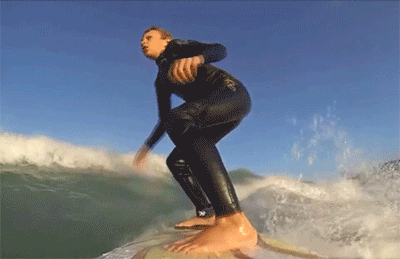
unbelievable shot.......
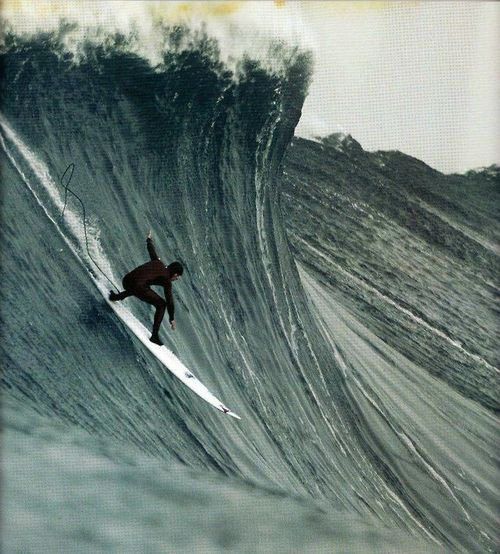
Latest posts
-
Prima esperienza foglie rosse mi devo preoccupare?
- Latest: can'tfindmyway
-
-
-
-
Latest posts
-
Prima esperienza foglie rosse mi devo preoccupare?
- Latest: can'tfindmyway
-
-
-
-

